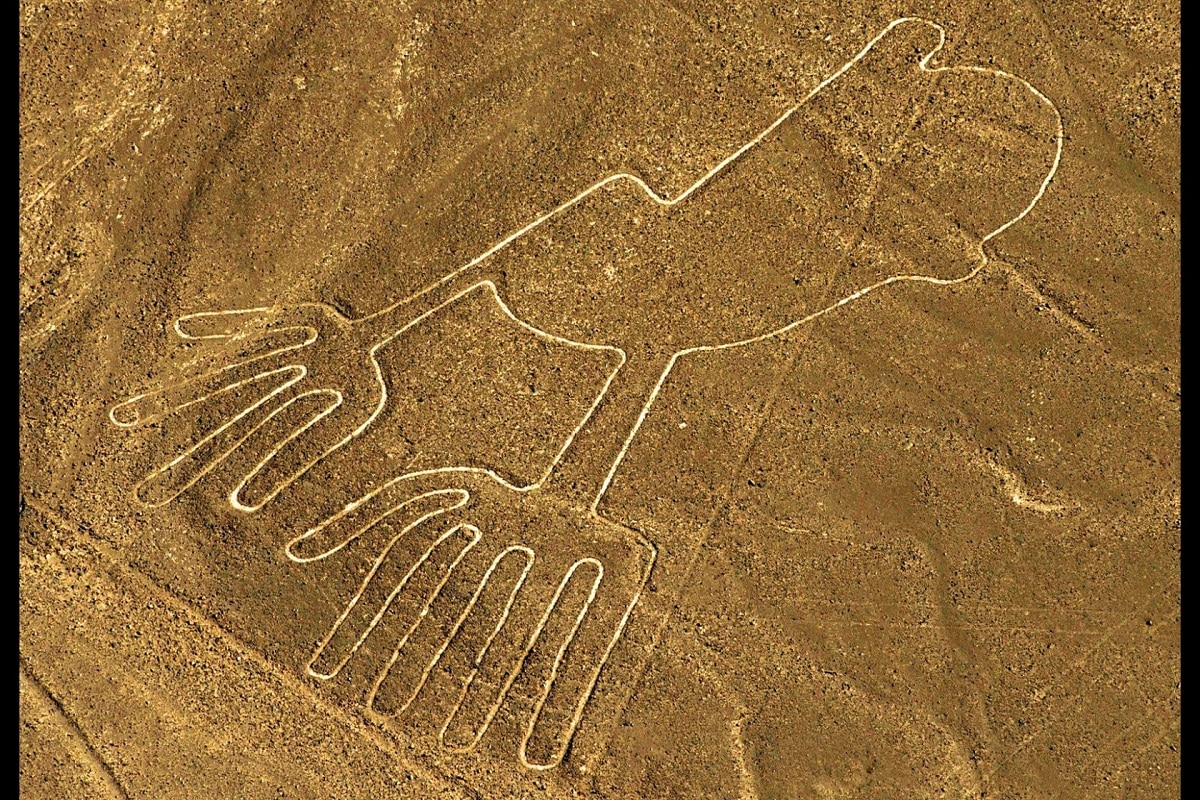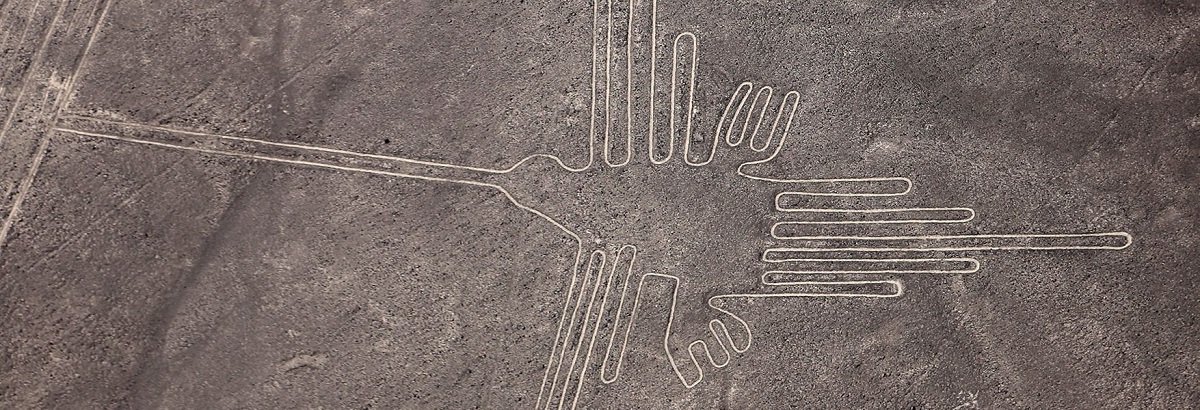
One of the most curious figures that the whole world has traveled are the Nazca lines. These are very old geoglyphs that are located in the Peruvian department of Ica. These geoglyphs were created by the pre-Columbian Nazca culture developed between the XNUMXst and XNUMXth centuries AD. At this time we had this culture that stood out for having representations carved both in ceramics and in rocks and on the ground itself.
In this article we are going to tell you everything you need to know about the Nazca lines and their history.
What are the nazca lines
The desert plains that are located in these places are known by the name of pampas. They are located in the cities of Nazca and Palpa and have been recognized worldwide for having a large concentration of line figures on the surfaces of the desert. Said manifestations are technically called geoglyphs. When we speak of the geoglyphs we refer to the figures that are built on the plains or on the slopes.
These lines represent plants and animals as well as some geometric shapes such as spirals, trapezoids, triangles and zigzags, among others. The size of the Nazca lines is usually very varied. Since some of them are too large, they cannot be fully appreciated if we observe them from the ground. Only on the Peruvian coast up to 40 places with geoglyphs have been found. And this is one of the most important pre-Hispanic representations in history.
The fact that there are so many places with geoglyphs indicates that the use of these artistic manifestations was a very common and widespread practice among ancient Andean cultures. The drawings of the Nazca lines have been preserved in good condition since the area where they have been made is an area with extreme aridity. However, some experts say that these geoglyphs some paths have been wearing down due to the passage of pedestrians and tourists. The lines have been losing some of their beauty with the oxidation process of the desert surface.
Discovery and history
These lines are protected by the legislation of Peru and are considered as Cultural Heritage of Humanity. This high protection regime is responsible for restricting the entry of people to these areas in order to prevent deterioration and alteration of forms. Thanks to the studies that began in the twentieth century, it was possible to establish that the Nazca culture originated around 200 BC. Experts have managed to agree that within this culture there have been some transition periods that have been influenced by other cultures. This is how we divide the Nazca culture into these three points: Early Nazca (50-300 AD), Middle Nazca (300-450 AD) and Late Nazca (450-650 AD).
It is known that this culture was preceded by the Paracas culture in later years. Experts who have focused their efforts on studying the origin and culture of the Nazca state that it was not the result of the migration of other neighboring peoples. The elaboration of these geoglyphs is the culmination of an extensive process of development of culture throughout the Andean area.
The whole area where The geoglyphs extend is desert and coincides with the Atacama desert. It is one of the driest places in the world. Consequently, it can be established that the topography of the area is characterized by having several landscapes. On the one hand, we have extensive plains that have sedimentary elements that are deposited over the years. On the other hand, we have another type of landscape in which we find valleys with fertile lands that function as an oasis within these arid territories.
Discoveries of the Nazca lines
Thanks to the bones and fossils that have been found, experts have determined that the Nazcas will have very good health. However, most of them died from cavities and tuberculosis. Despite the individuals being in very good health, life expectancy was very short. There were hardly ever people over 40 years of age. In order to establish more information about this culture, various tombs with different qualities and amounts of offerings have been found. This allows us to affirm that the Nazca culture had a fairly solid social differentiation.
This town did not build any type of wall or protection, so it follows that there should not have been any type of wars, but that they lived in peace. The houses were made of quincha, reeds and wood.
In the areas where the Nazca lines are found we have some sacred landscapes. And it is that the passengers of the planes in the year 1930 began to discover these mysterious forms that constituted dogs, monkeys and hummingbirds, among other elements. It is from here that the mystery of the Nazca lines was born. Later it became a very attractive tourist destination.
The geoglyphs have been preserved thanks to the low humidity in the desert, which produces very little erosion. We know that the geological agents that end up eroding the areas are wind and water. There are sandstorms in the Atacama desert, but they have not been negative. And it is that these storms clean and took away the sand that is deposited on the stones, they even make the geoglyphs better visible.
First geoglyphs
The first geoglyphs that have been drawn they were characterized by being figurative drawings of humans, animals and other supernatural beings. Probably all these figures were used as a kind of path that held together the northern areas with the southern areas. In the northern area, the remains of various houses that were built above the line have been found. This may indicate that the Nazca culture itself did not give importance to these lines.
I hope that with this information you can learn more about the Nazca lines and their history.

